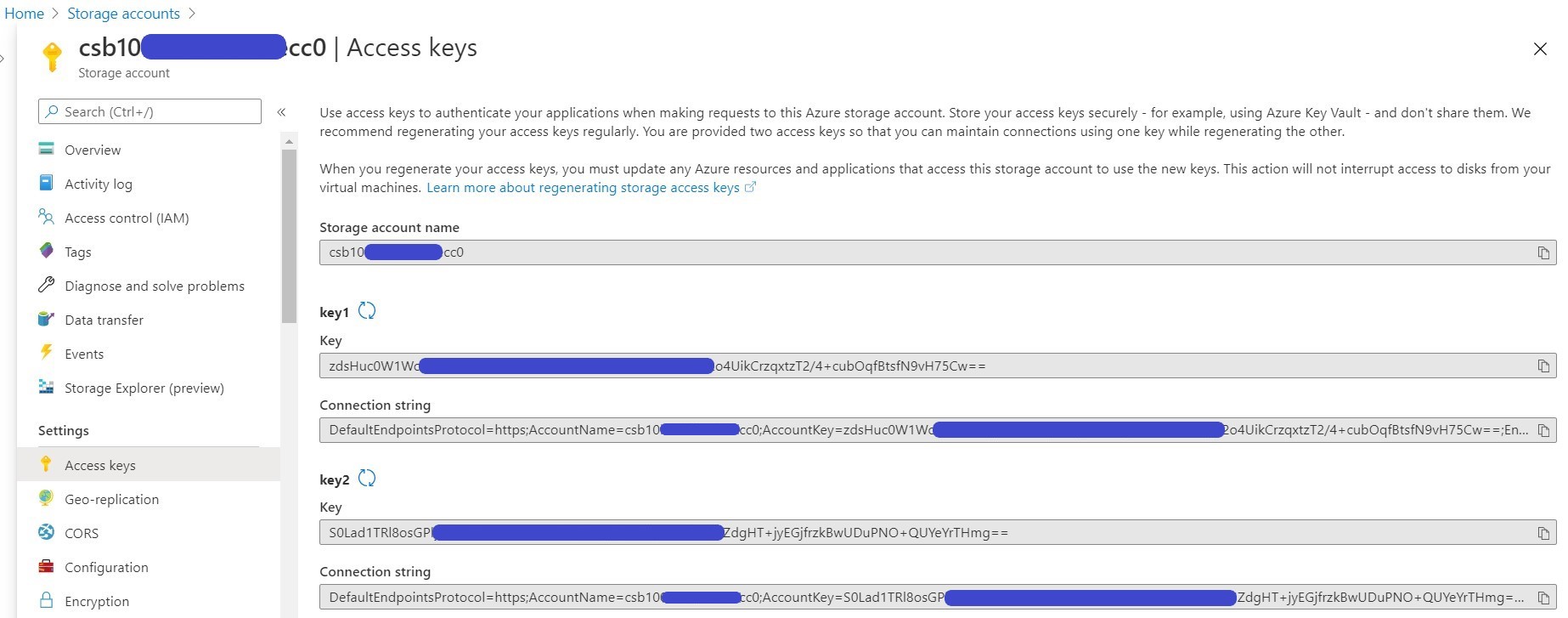Microsoft Azure Blob Storage
vPlus supports integration with MS Azure Blob Storage. An Azure storage account contains all of your Azure Storage data objects: blobs, files, queues, tables, and disks. The storage account provides a unique namespace for your Azure Storage data that is accessible from anywhere in the world over HTTP or HTTPS. If you don't already know Azure Blob storage, see its documentation.

To configure Azure as a backup destination for vPlus, we just need:
The storage account name
One of the account keys

Now you can go to the backup destinations tab in vPlus and create a new Microsoft Azure backup destination.

You just need to provide an account name, bucket name and key.

And that's all. As you see, in a few minutes you can integrate vPlus with Azure Blob storage to securely store your backups